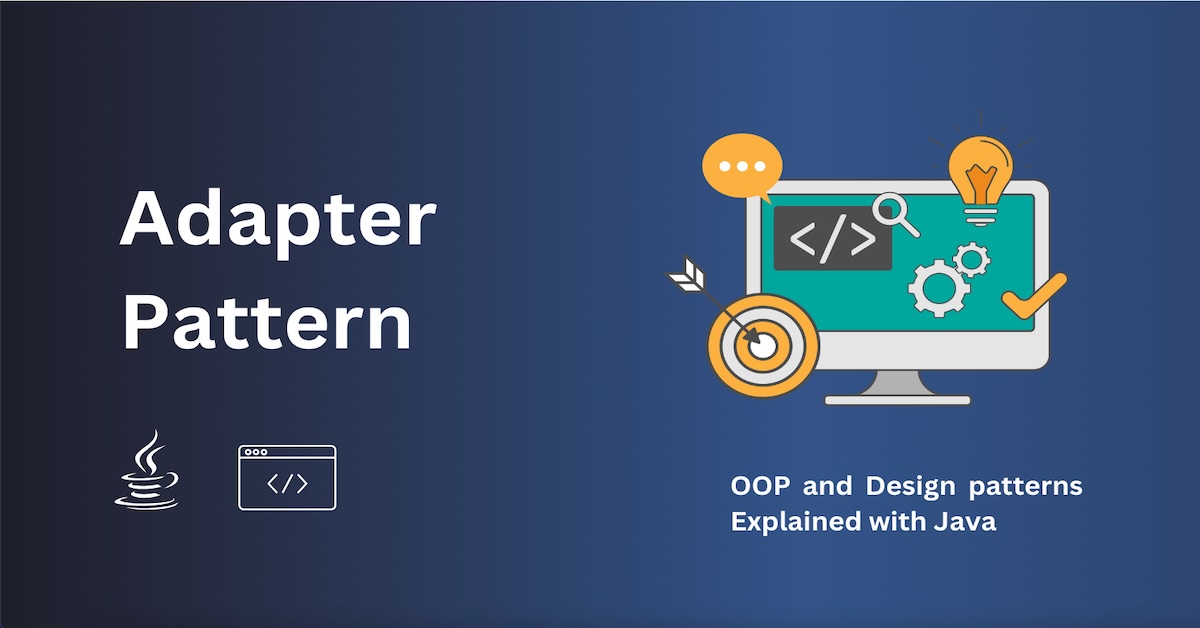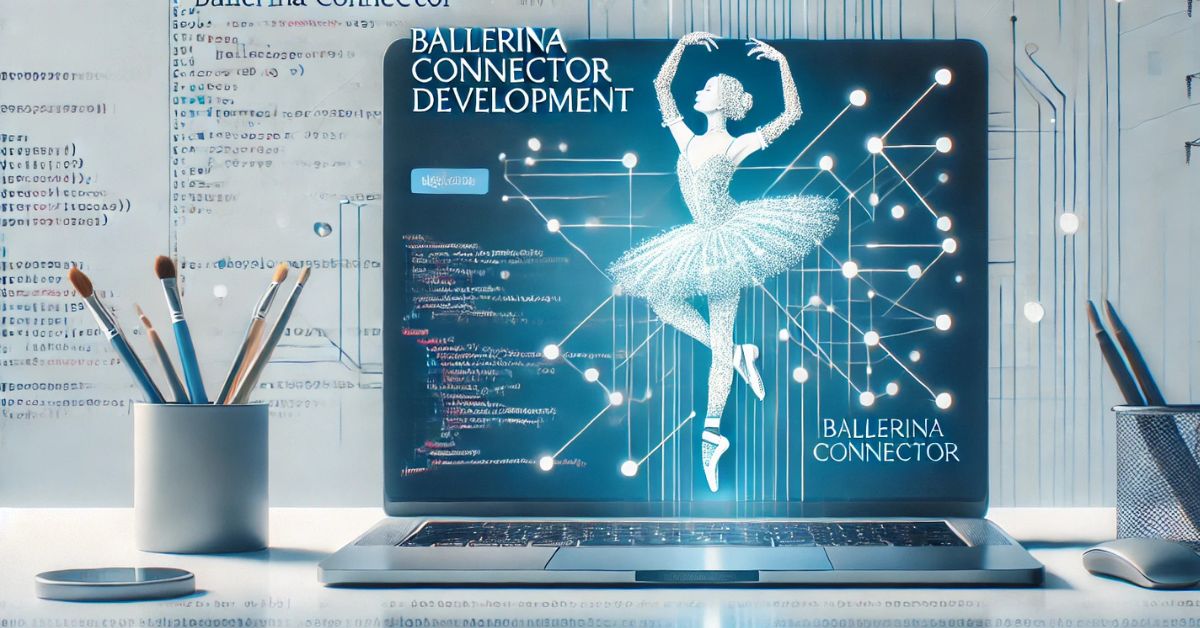Adapter Pattern explained simply
Ever needed to connect two incompatible interfaces without changing their source code?
That’s exactly where the Adapter Pattern shines!
The Adapter Pattern is a structural design pattern that allows objects with incompatible interfaces to work together. It acts like a bridge between two different interfaces.
What is the Adapter Pattern?
At its core, the Adapter Pattern:
- Converts the interface of a class into another interface the client expects.
- Allows classes to work together that otherwise couldn't due to incompatible interfaces.
- Promotes code reusability and flexibility.
In simple words:
It’s like a translator who helps two people speaking different languages communicate!
A Real-Life Analogy
Imagine you have a laptop charger with a US plug, but you're traveling in Europe where sockets are different.
You don't throw away your charger — you use a power adapter!
Similarly, in software, instead of rewriting code, we adapt it.
A Quick Example (Without Adapter)
Suppose you have an OldPrinter class:
public class OldPrinter {
public void printDocument(String text) {
System.out.println("Printing document: " + text);
}
}Now you build a new system that expects every printer to have a print() method instead:
public interface Printer {
void print(String text);
}Problem: OldPrinter doesn't match the new Printer interface.
You can’t directly use OldPrinter in your new system.
Enter the Adapter Pattern
We create an Adapter class that implements the Printer interface and uses an instance of OldPrinter internally.
public class PrinterAdapter implements Printer {
private OldPrinter oldPrinter;
public PrinterAdapter(OldPrinter oldPrinter) {
this.oldPrinter = oldPrinter;
}
@Override
public void print(String text) {
oldPrinter.printDocument(text);
}
}Now, you can use OldPrinter seamlessly in the new system!
public class MainProgram {
public static void main(String[] args) {
OldPrinter oldPrinter = new OldPrinter();
Printer printer = new PrinterAdapter(oldPrinter);
printer.print("Hello, World!");
}
}Output:
Printing document: Hello, World!Key Components
- Target Interface (
Printer): The interface your client code expects. - Adaptee (
OldPrinter): The existing class that needs adapting. - Adapter (
PrinterAdapter): Bridges the gap between the Target and Adaptee.
Types of Adapter Pattern
There are mainly two ways to implement Adapter Pattern:
1. Class Adapter (using Inheritance)
- Adapter extends Adaptee and implements the Target interface.
- Not very flexible because Java supports single inheritance only.
2. Object Adapter (using Composition) ⭐
- Adapter has an instance of Adaptee.
- More flexible and preferred in most cases.
Note: The example above is an Object Adapter.
When to Use the Adapter Pattern?
- When you want to use an existing class but its interface doesn't match your needs.
- When you want to create a reusable class that cooperates with unrelated classes.
- When you need to work with legacy code without modifying it.
Real World Use Cases
- Legacy system integration: Adapting old APIs to work with modern ones.
- Third-party library integration: Adapting library classes to your own interfaces.
- UI component libraries: Adapting different UI components under a single standard.
Advantages
✅ Promotes code reuse.
✅ Makes incompatible classes work together.
✅ Follows the Open/Closed Principle — open for extension but closed for modification.
Disadvantages
❌ Increases code complexity due to additional classes.
❌ Overuse can lead to too many adapters, making the code harder to maintain.
Final Thoughts
The Adapter Pattern is like a universal connector in software development.
It allows your systems to evolve without needing risky and expensive rewrites.
Whenever you encounter a mismatch between interfaces, think:
"Can I just adapt it instead of rewriting it?"
Happy coding! 🚀






